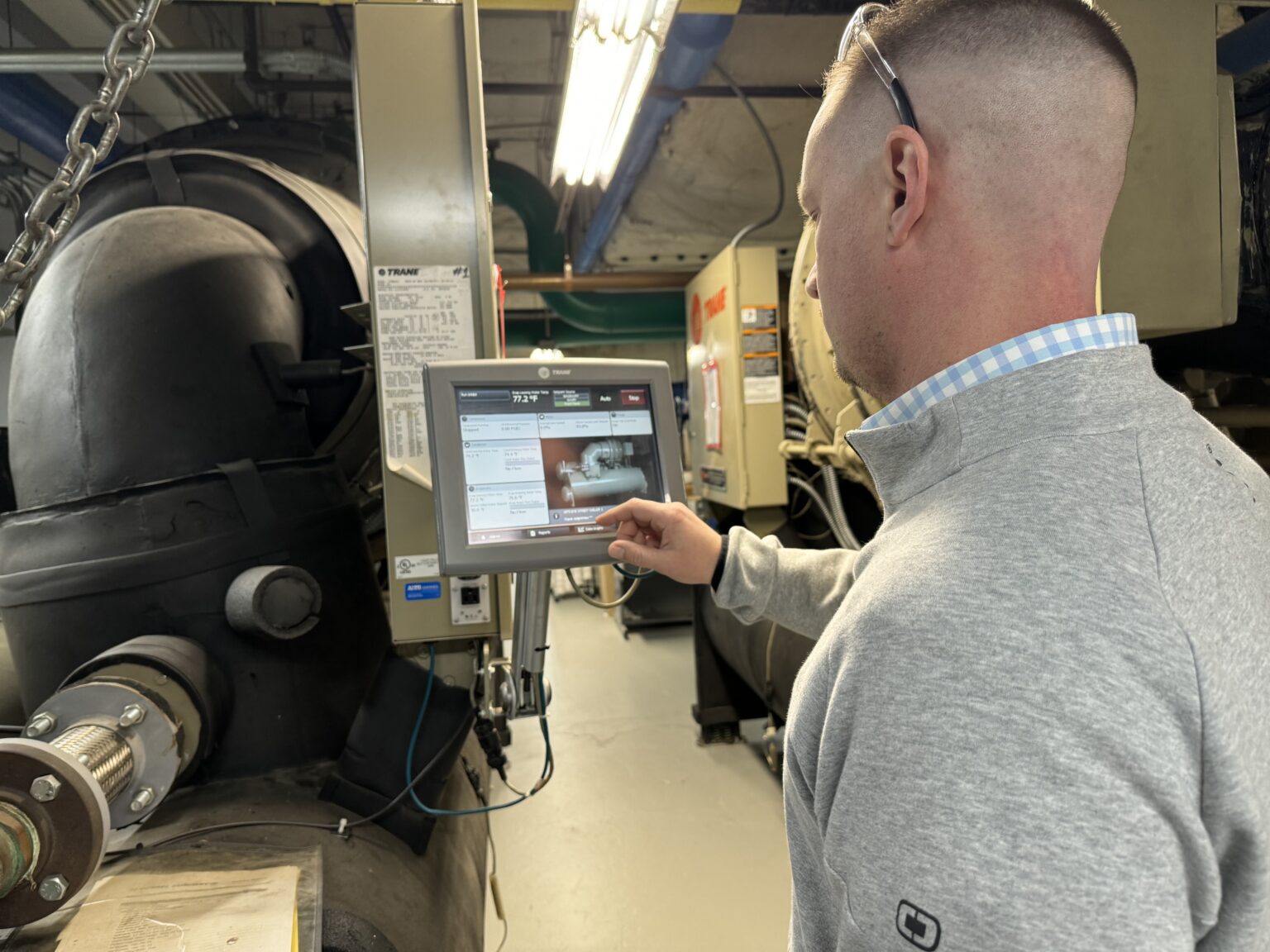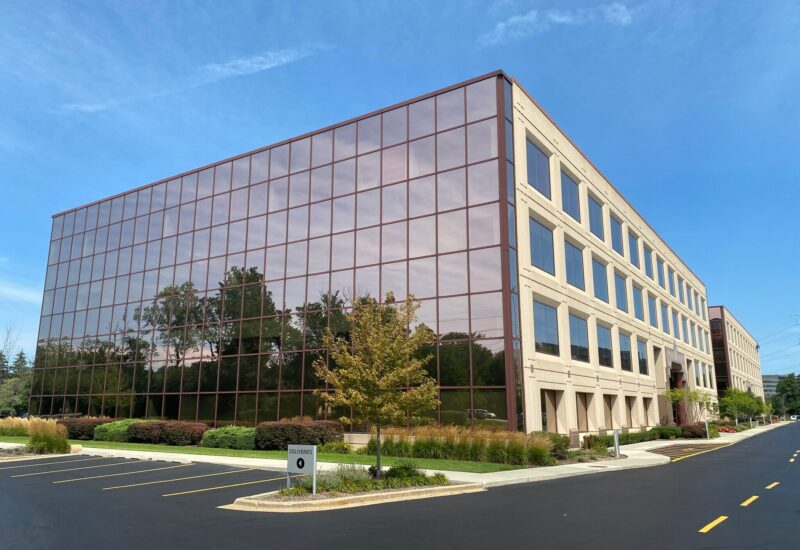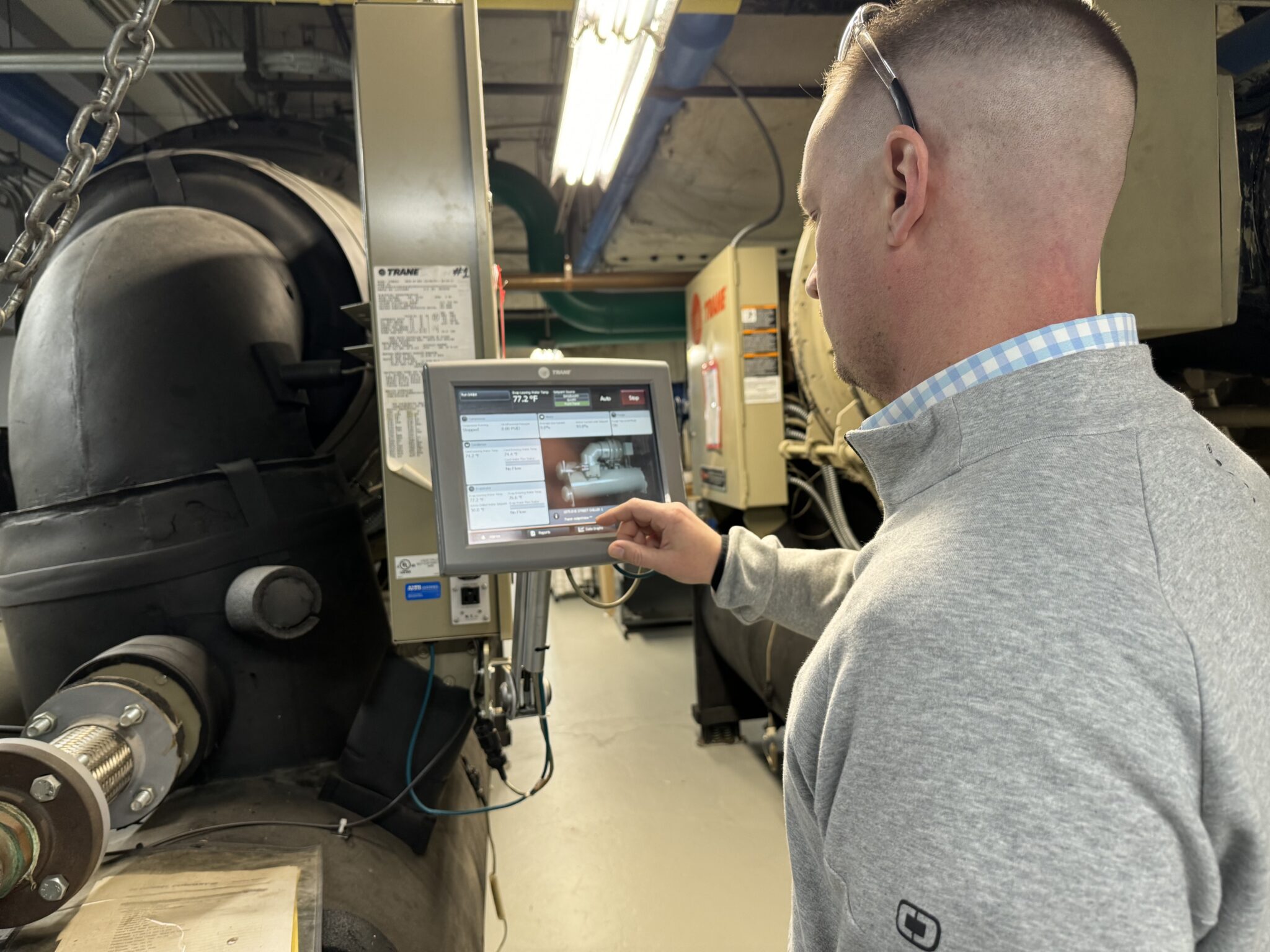Retro-commissioning, often abbreviated as RCx, involves optimizing existing building systems to improve their performance and efficiency. It’s a process that typically includes evaluating HVAC systems, lighting, and other building systems to ensure they’re operating as intended. However, many building owners, engineers, and operators, avoid taking on RCx projects because they think they are of limited value. In this blog, we cover a few simple ways to ensure the successful implementation of RCx for your building based on lessons learned from past RCx projects.
Engaged Building Owners and Engineers
The most effective and successful RCx projects are those with engaged owners and engineers. Owners and engineers often have a deep understanding of the building’s infrastructure and operational dynamics. Engaged building owners understand that improving energy efficiency directly reduces operating costs and helps to enhance the market competitiveness of their properties. Building engineers possess valuable insights into the day-to-day operations of the building and can provide firsthand feedback on comfort issues and system performance. On one recent project, having an involved client resulted in identifying inefficiencies, diagnosing problems, and optimizing HVAC systems, resulting in energy savings that were beyond those initially anticipated.
Comprehensive Data Gathering
Gathering comprehensive data, in terms of as-built drawings, sequence of operation, trend data and specifications about the building’s energy usage, equipment performance, and occupant behavior is crucial for making informed decisions during RCx. This data helps in identifying areas of improvement and setting benchmarks for comparison after implementing changes. However, in many cases, comprehensive data is not available due to a lack of integrated systems, incomplete information, or sensors that are not calibrated or placed at their correct location. Addressing these challenges requires careful planning, collaboration, and the use of appropriate tools and methodologies. We achieve this by scheduling a kick-off meeting with all the stakeholders and explaining everyone’s roles and responsibilities. This overcomes barriers to comprehensive data gathering and increases the likelihood of success of an RCx project.

Building Management System Maintenance and Upkeep
Building Management Systems (BMS) play a crucial role in RCx processes by providing a centralized platform for monitoring, controlling, and optimizing building systems. However, the same system can pose challenges if it’s not regularly maintained or updated with the latest features. Fixing issues like obsolete BMS software or computer hardware at the last minute can be expensive and can sometimes require a major capital investment. Furthermore, failing to upgrade BMS software can potentially compromise the building operation and maintenance team’s ability to properly manage the building‘ system. For instance, while working on an RCx project for a luxury hotel in downtown Chicago, the BMS stopped trending data in the middle of the RCx project. After coordinating with the control’s contractor, it was identified that the BMS had become obsolete and needed an immediate upgrade. Due to the high costs of the required upgrade, it was not implemented and the RCx work was canceled, which likely meant that savings opportunities were missed. Hence, by keeping BMS systems up to date and maintained, building owners and facility managers can better ensure that they have a clear picture of ongoing operations and that systems are operating efficiently.
Contractor Support
Contractors play a vital role in RCx in ensuring that energy-saving measures are properly implemented. A delay in implementing the proposed measures can pose multiple challenges in terms of errors, deficiencies, and subpar performance of energy-efficient systems, undermining the intended benefits of the project. Contractor delays or incomplete implementation of measures can lead to additional time commitments and costs for a project’s RCx engineers. Hence, it’s always a best practice to involve contractors at the start of a project and set clear expectations about the scope of work and timeline. Scheduling a twice-a-week check-in call between contractors, owners, and service providers helps to create accountability among team members.

Invest in Training and Education
Without adequate training, building operators may lack the necessary skills to identify and address potential issues. This increases the risk of errors, malfunctions, and even safety hazards within the building environment. Hence, providing training and education to building operators and maintenance staff is essential for ensuring the implemented measures remain persistent for the long-term success of RCx efforts. Properly trained operators can optimize the performance of building systems, leading to improved energy efficiency, cost savings, and overall functionality. Additionally, operators will get the knowledge and techniques to mitigate these risks, keeping occupants safe and systems running smoothly.
By incorporating these lessons learned, building owners can effectively plan and execute RCx projects to optimize energy usage, improve occupant comfort, and reduce operational costs in existing buildings.
Interested in learning more about our RCx service?








